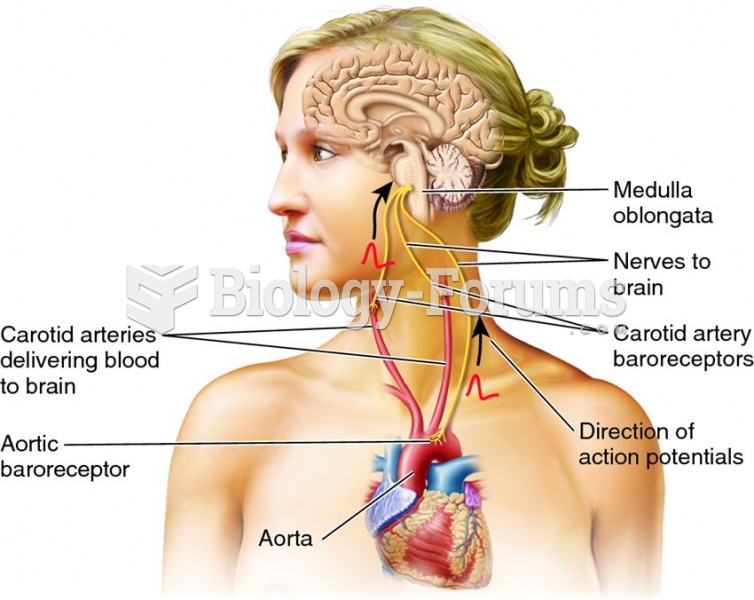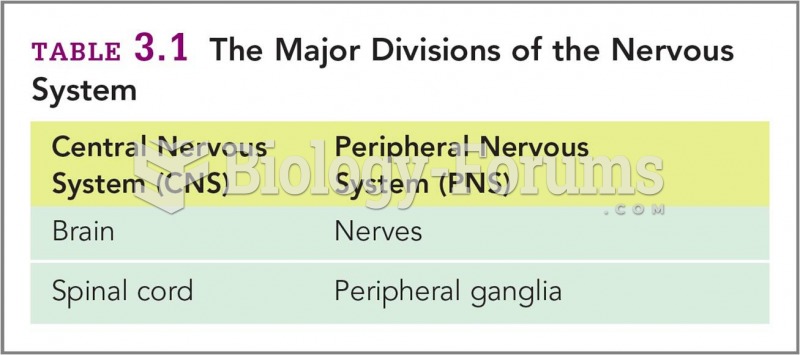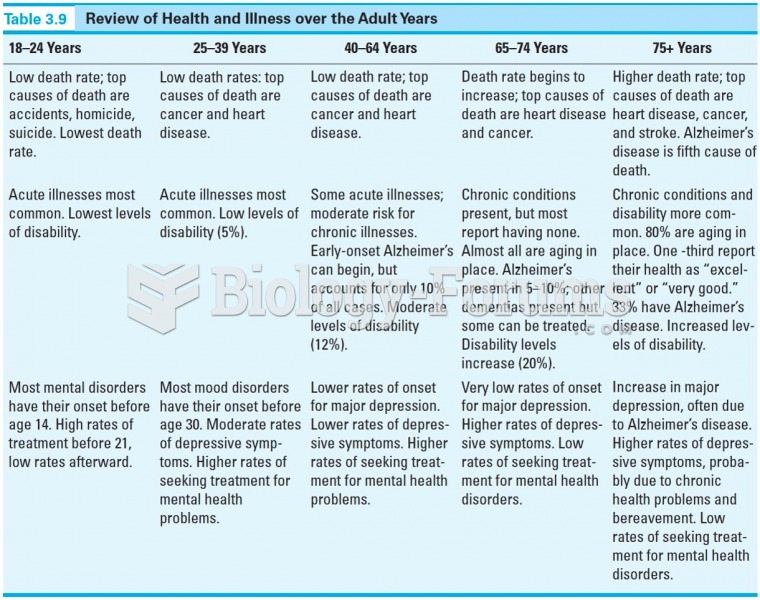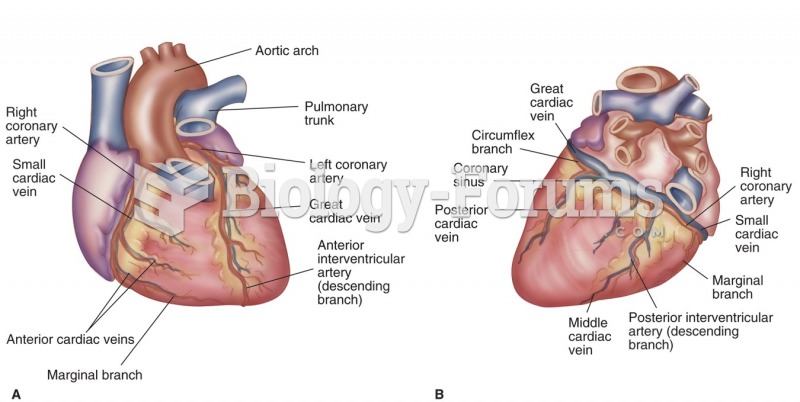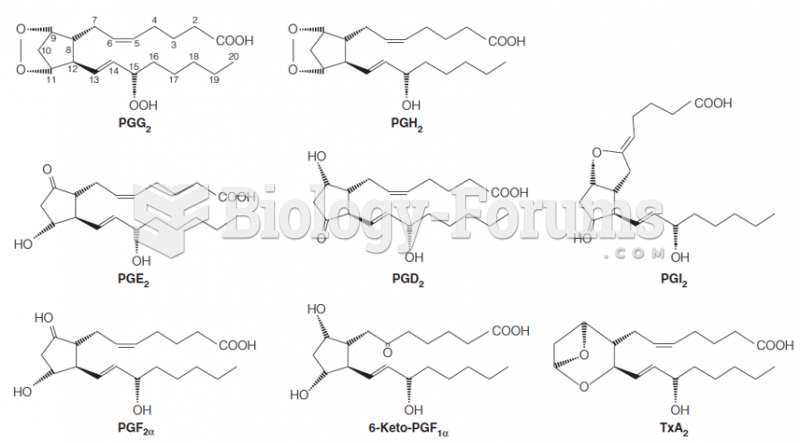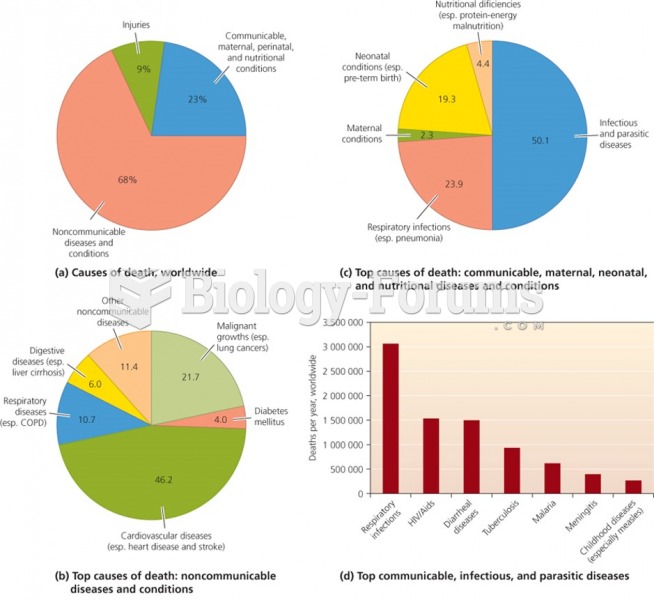Answer to Question 1
The major aspects of employee health, safety, and welfare, as they are embodied in our federal and state laws include
The federal Occupational Safety and Health Act (OSHA) and its many state-law counterparts
Workers' compensation and unemployment insurance statutes, which are a part of virtually every state's statutory safety net for injured and out-of-work workers
The U.S. Social Security system, which includes both pensions and support payments for permanently disabled workers who are still too young to retire
The Employee Retirement Income Security Act (ERISA), which is intended to protect and preserve employee pensions
The Family and Medical Leave Act (FMLA) and its numerous state and local counterparts, which increasingly require employers to grant paid leaves of absence for an ever-increasing range of personal issues
Worker Adjustment and Retraining (WARN) Acts, both federal and state, which are aimed at letting employees know when a plant closing or mass layoff is in the offing
However, no national statute requires private employers to provide their employees with either health insurance or a pension plan.
Answer to Question 2
The proliferation of individual employee rights led to swamping of the state and federal courts. However, the decline of organized labor combined with the Supreme Court's ruling that individual rights could not be automatically ceded to the labor-management dispute-resolution process contributed significantly to the litigation deluge. Then in 1991, the Supreme Court revisited the issue and held in the case of Gilmer v. Interstate/Johnson Llane Corporation 500 U.S. 20 (1991), that out of-court dispute resolution is consistent with the statutory scheme.


